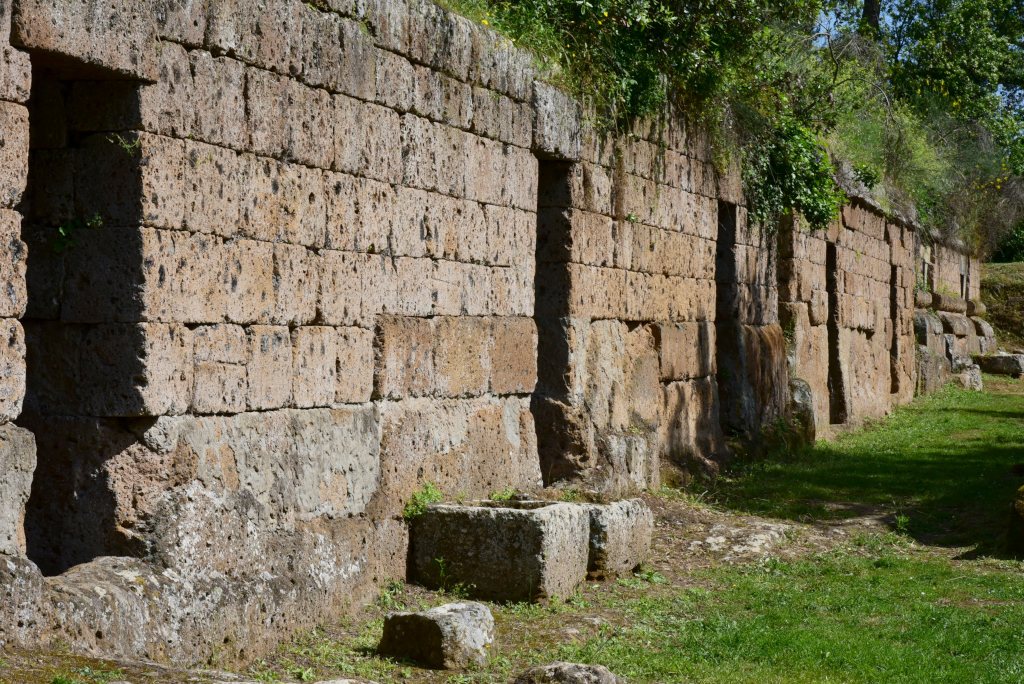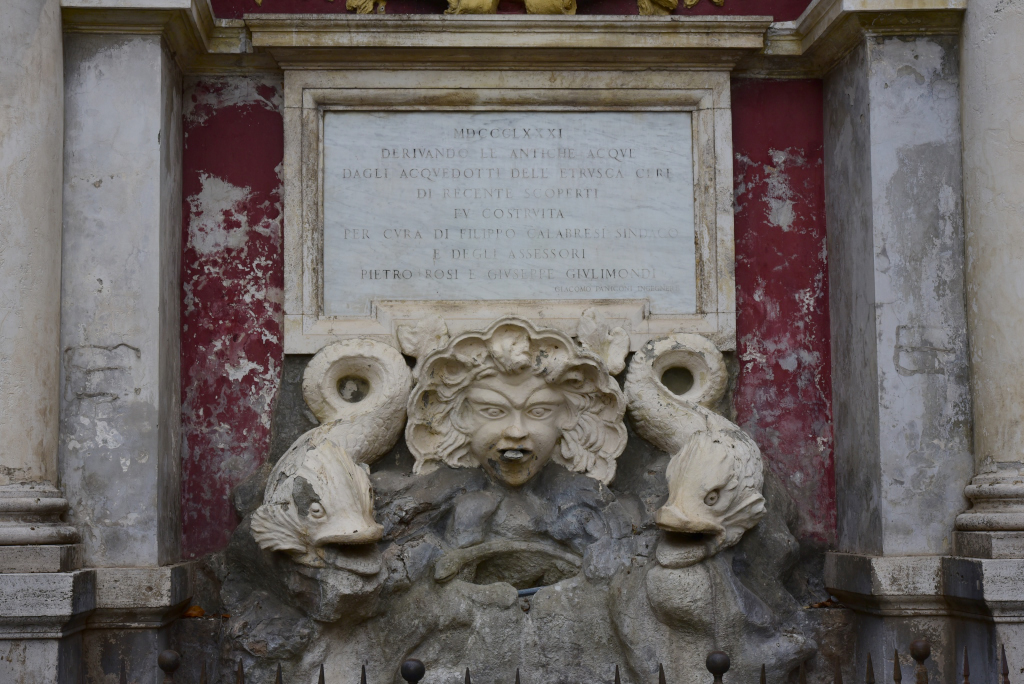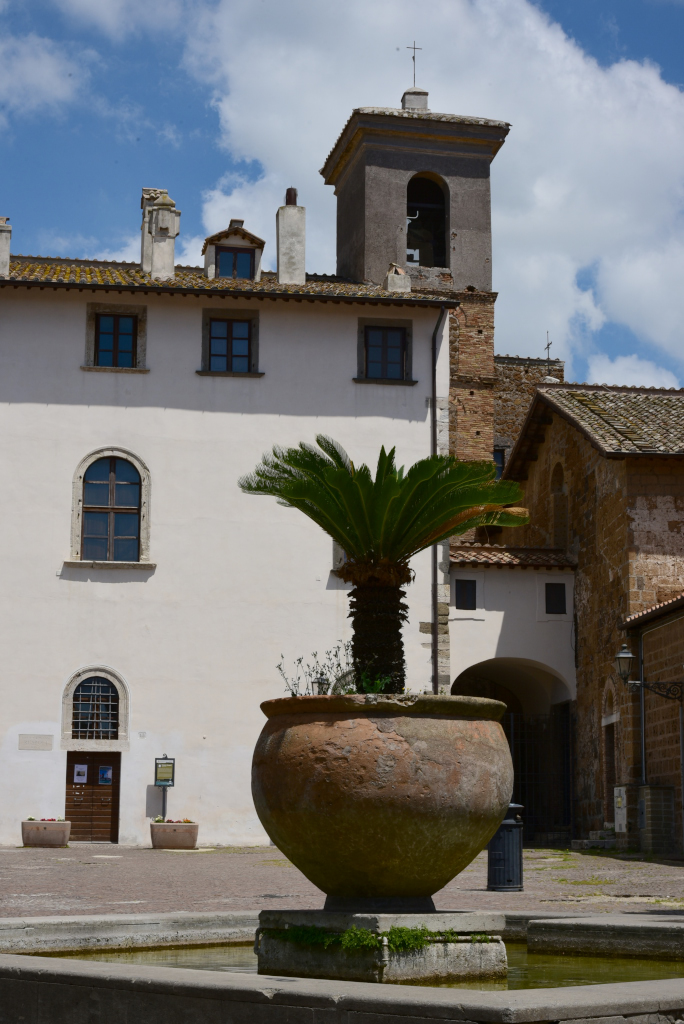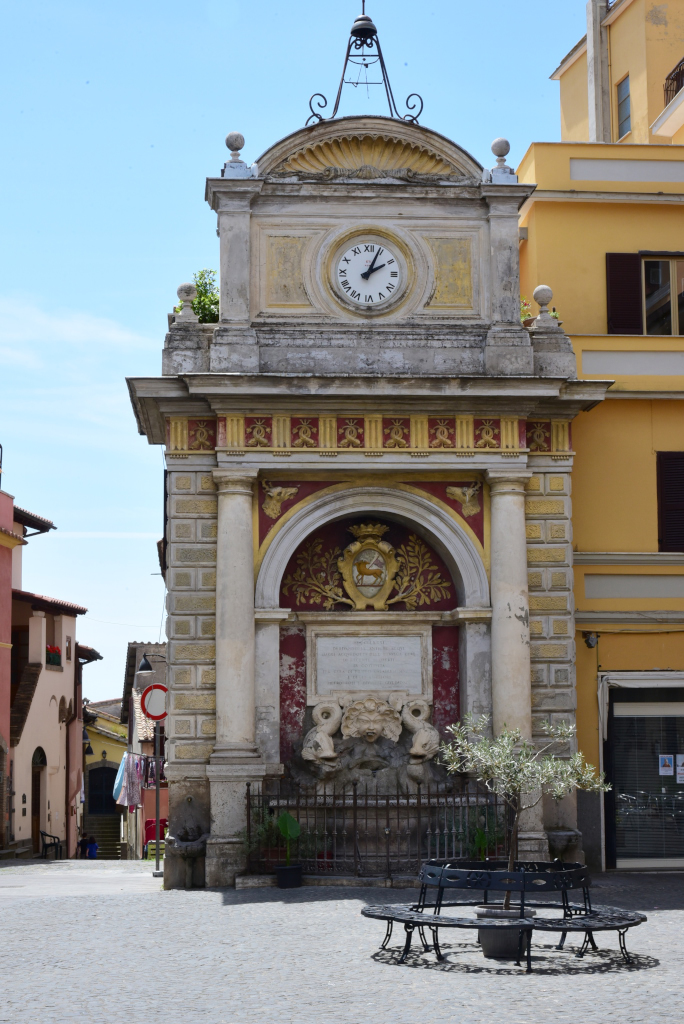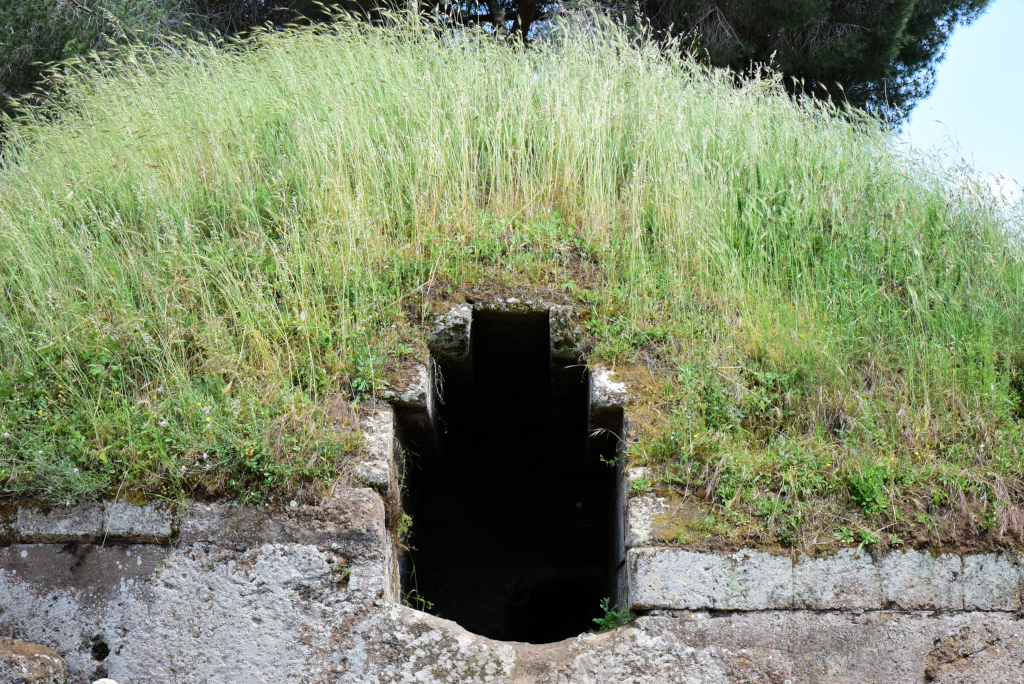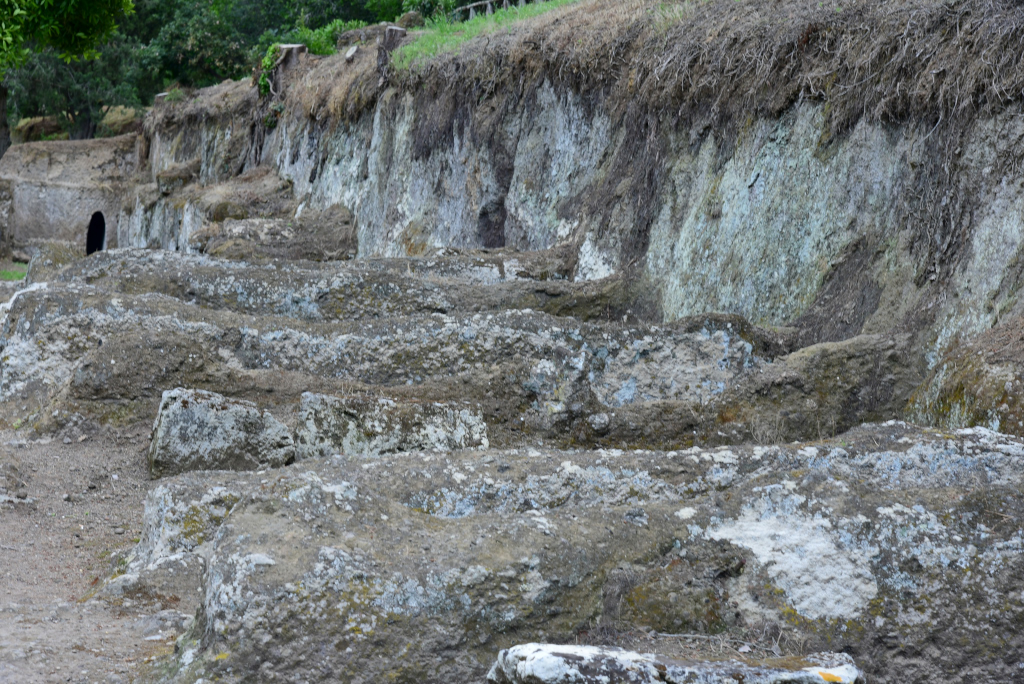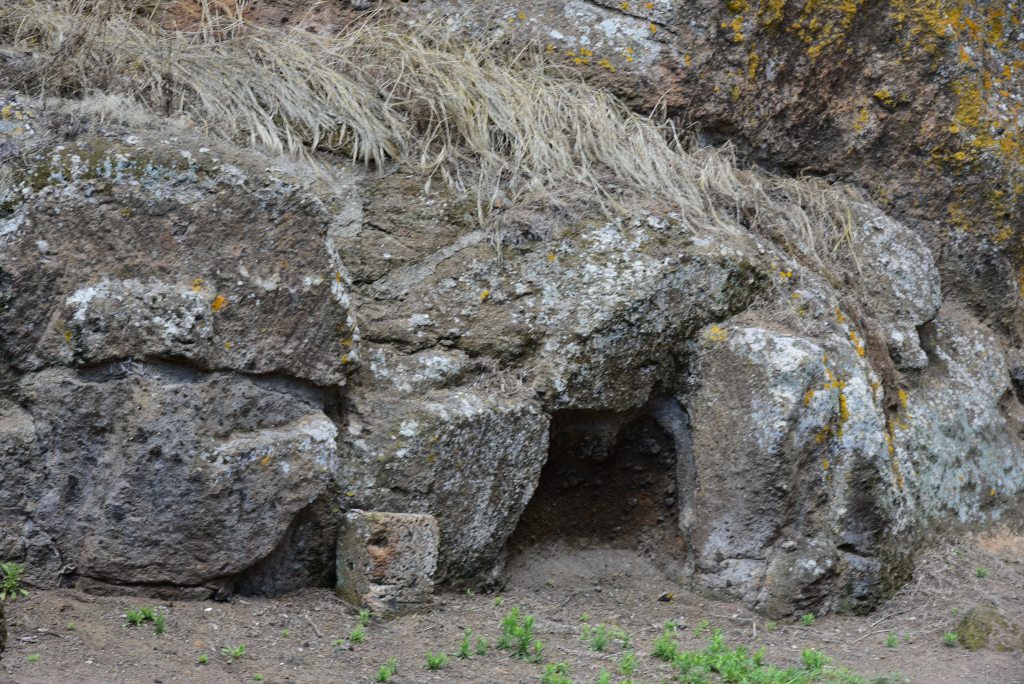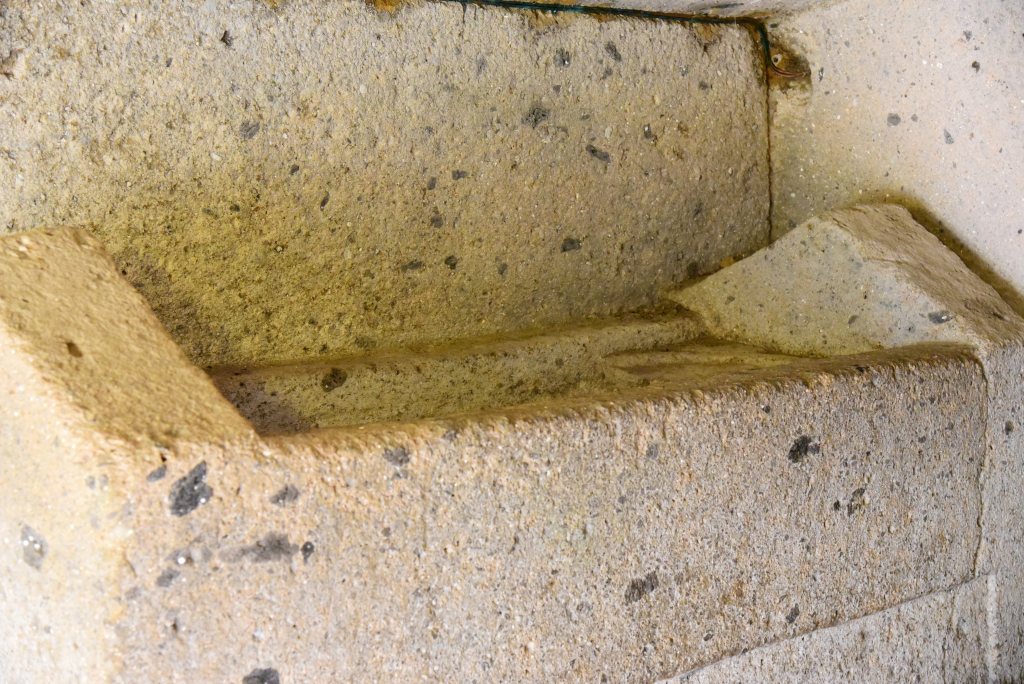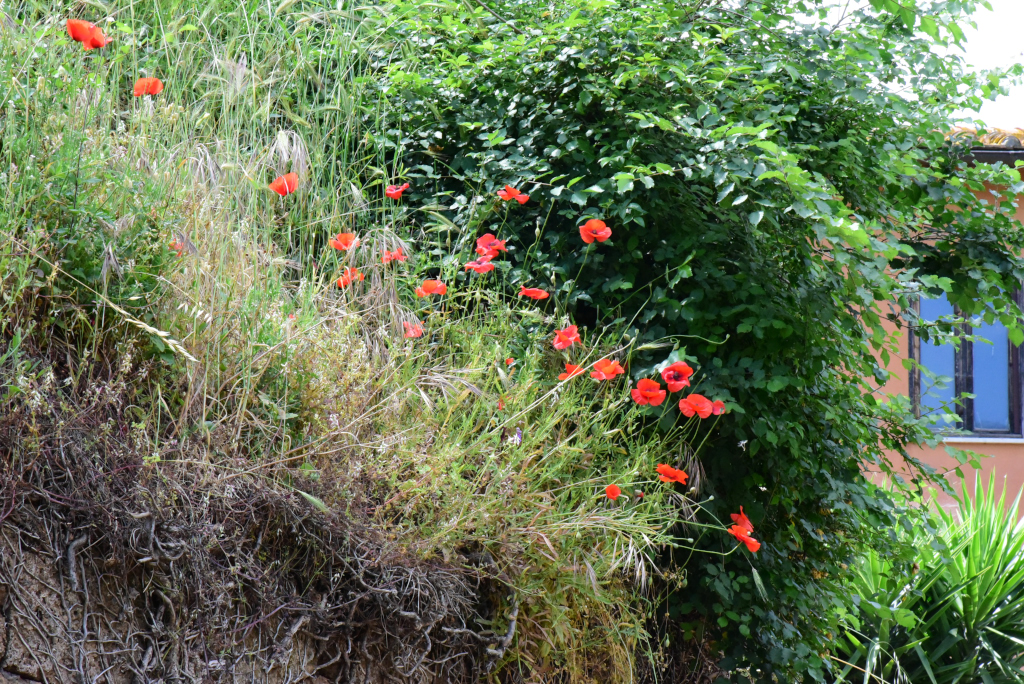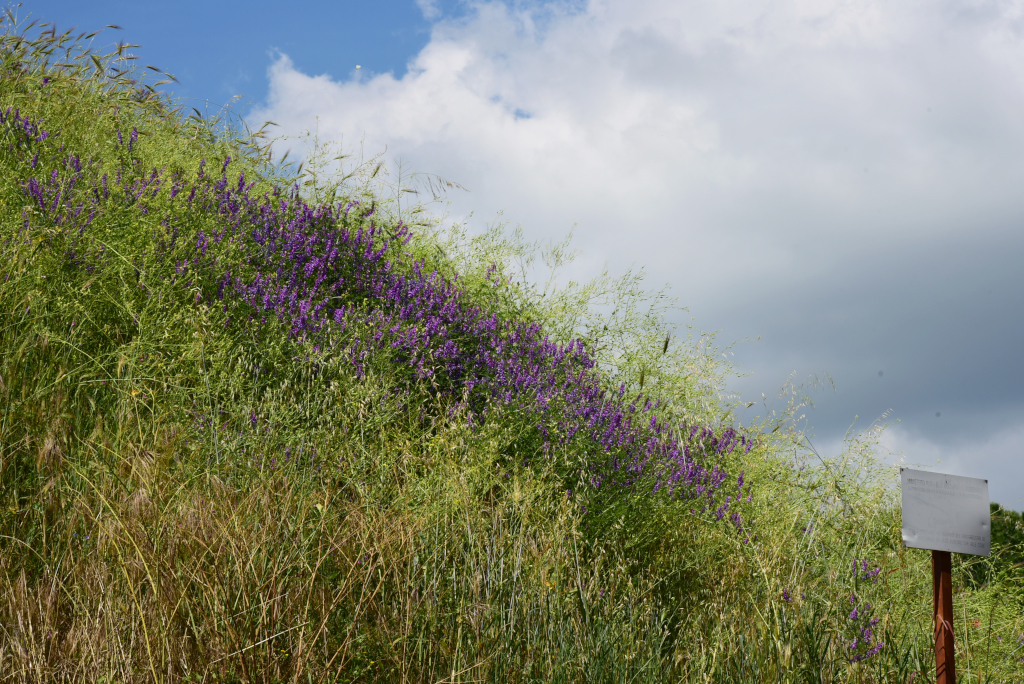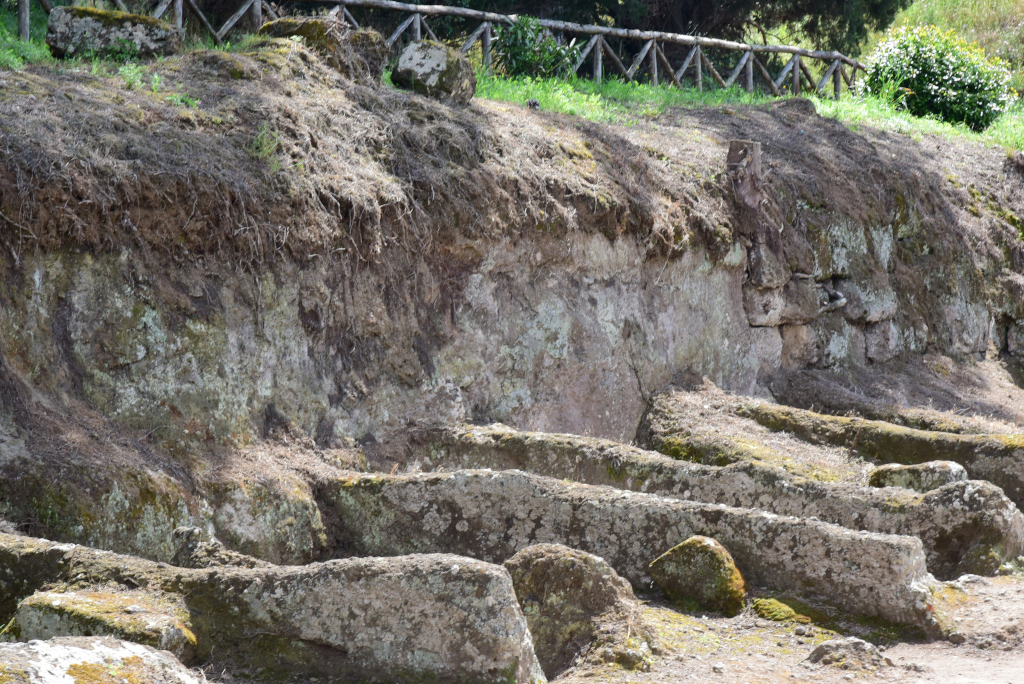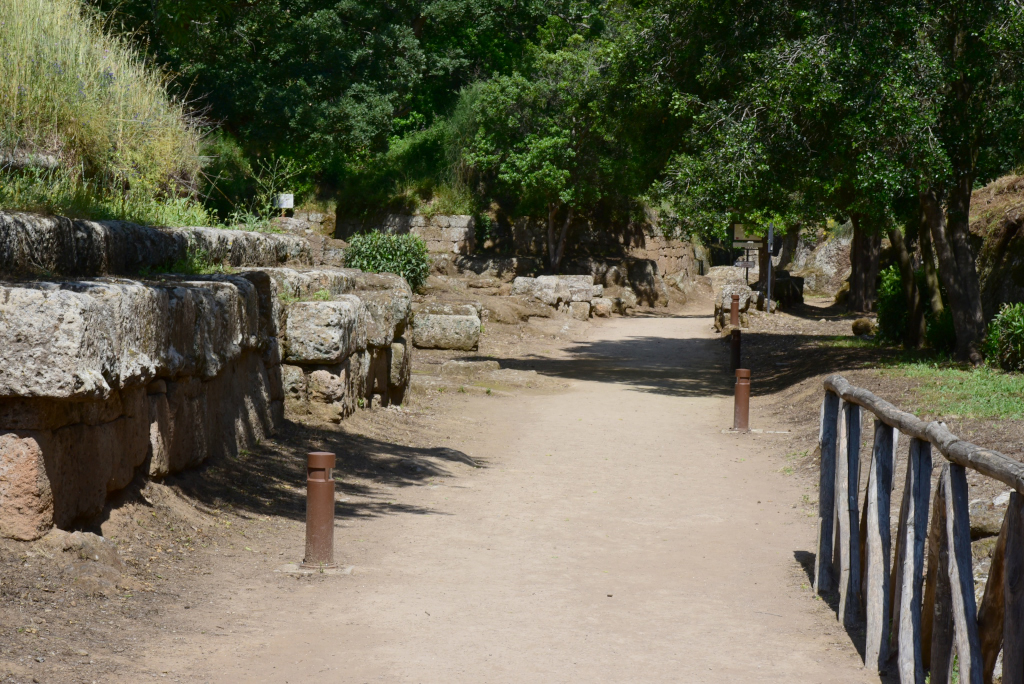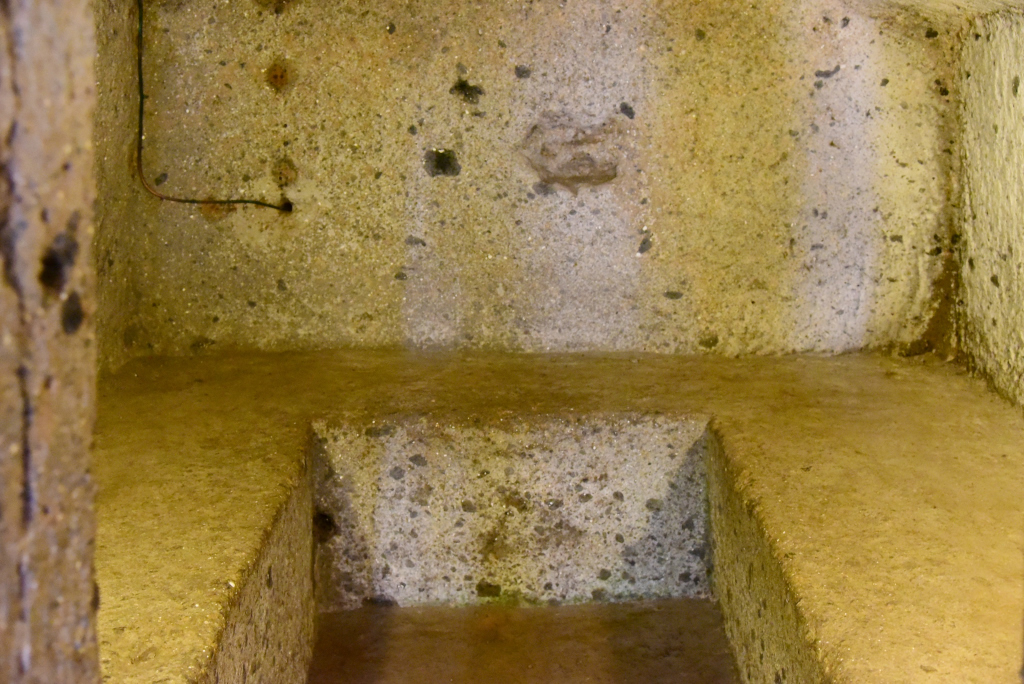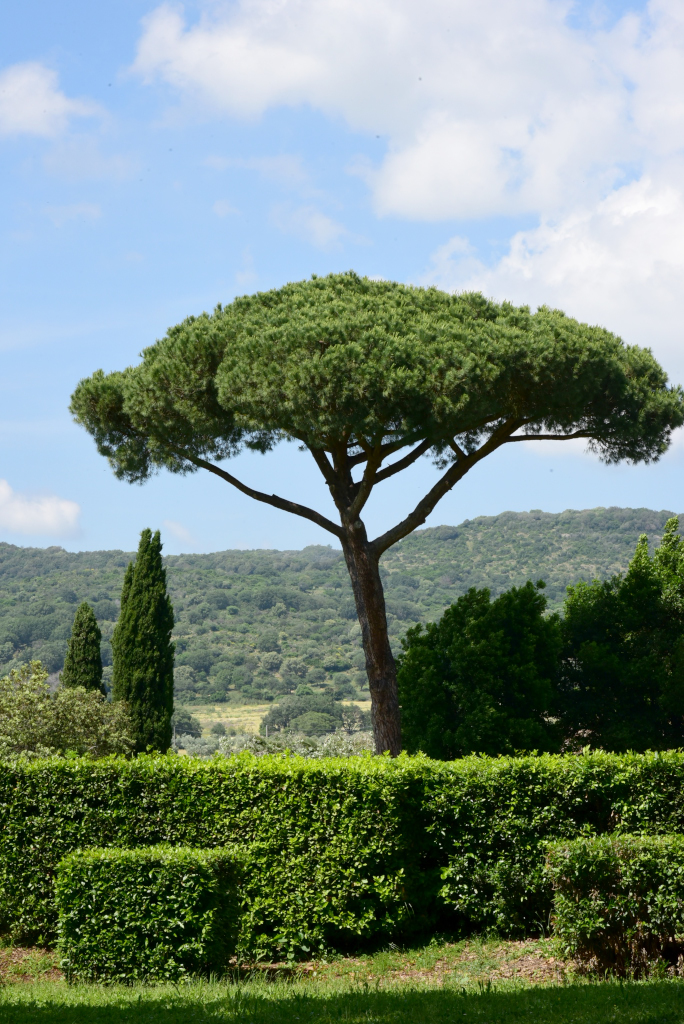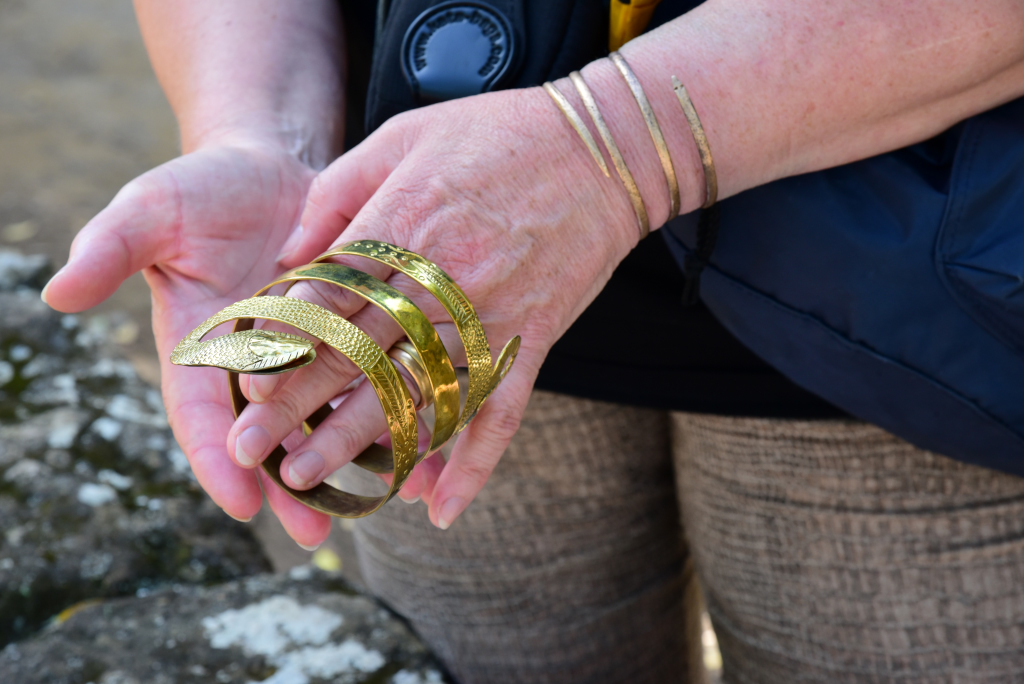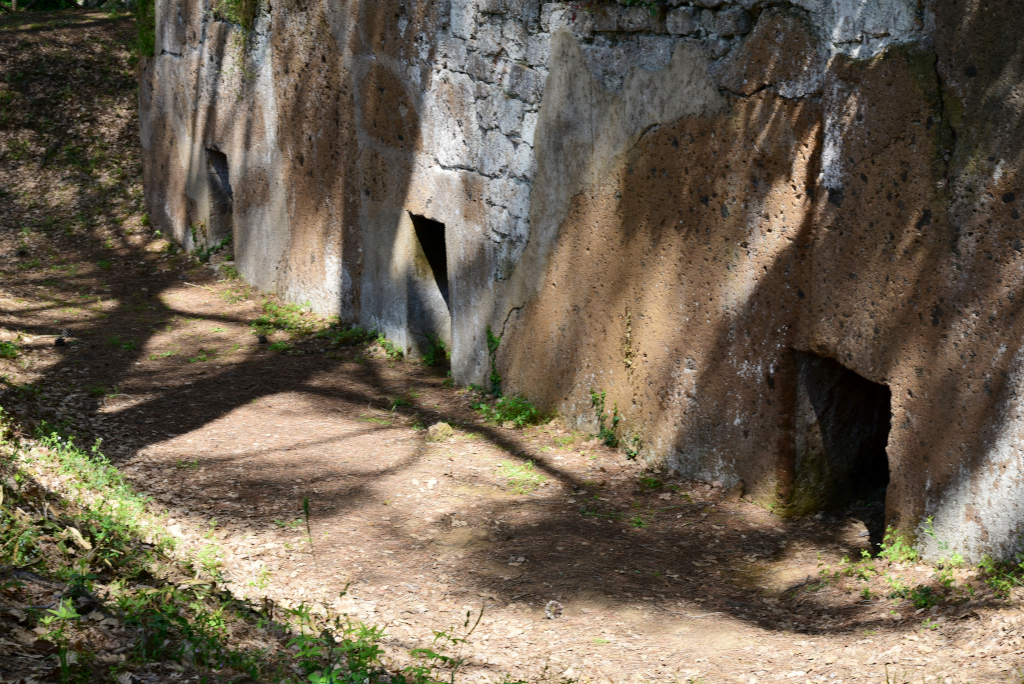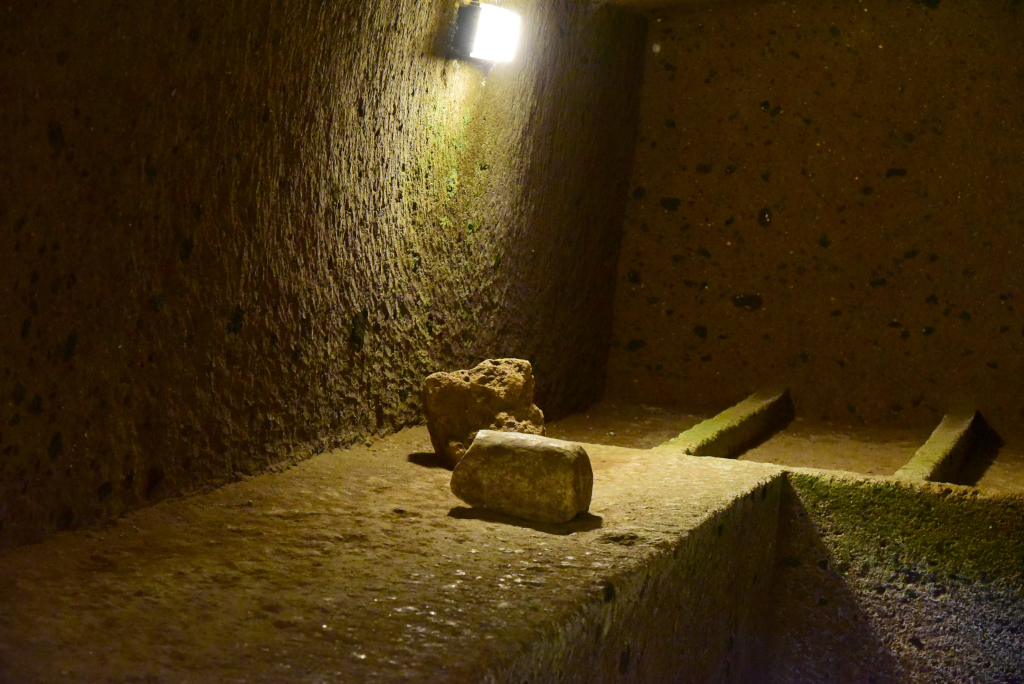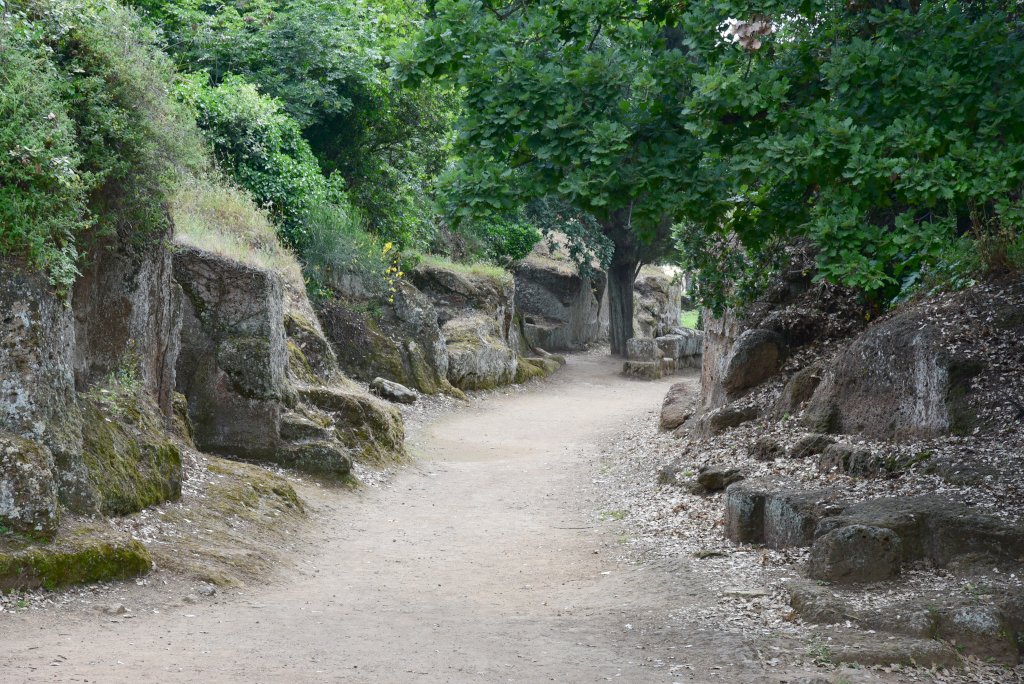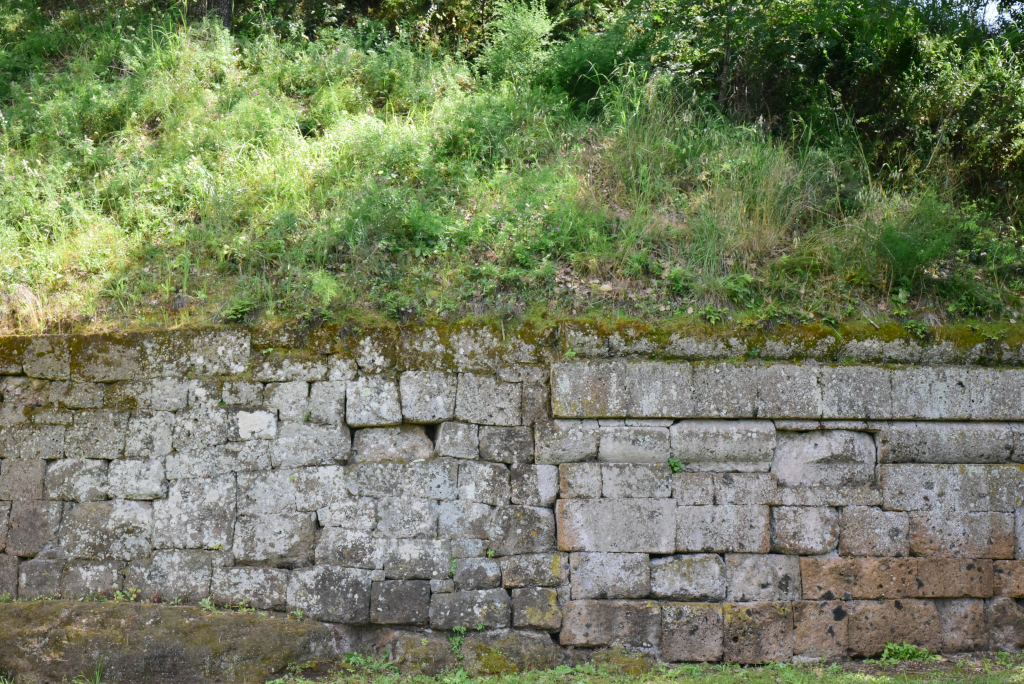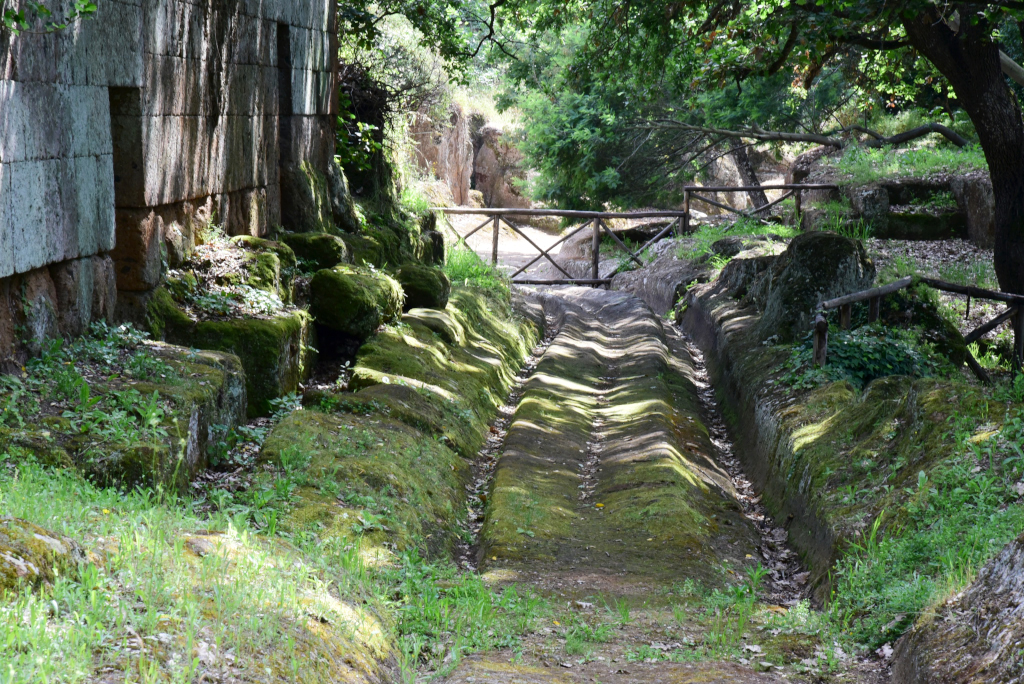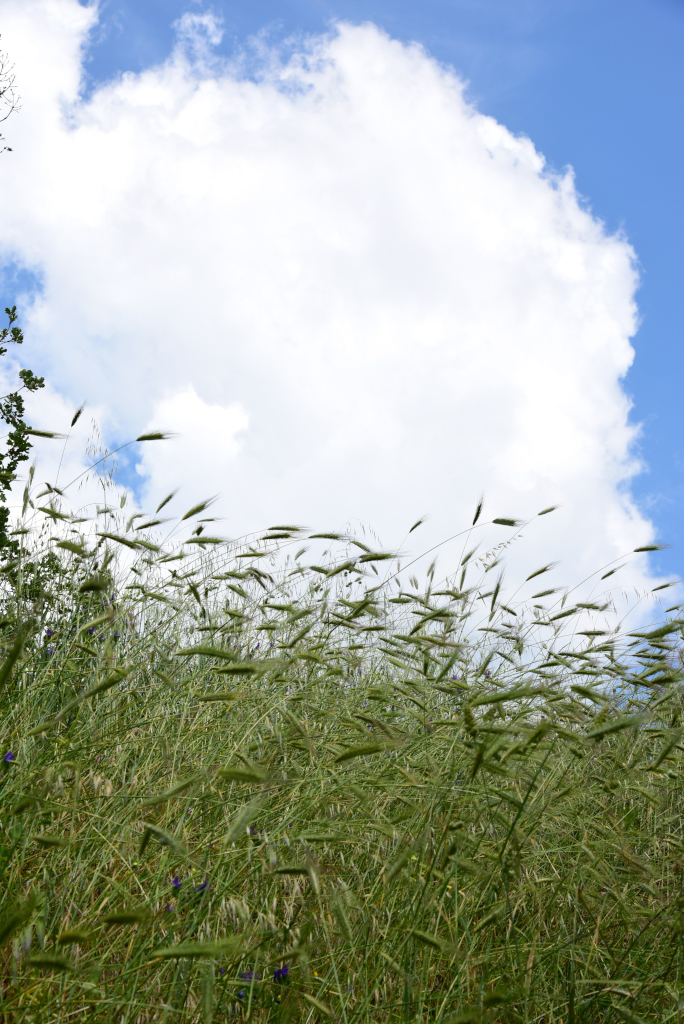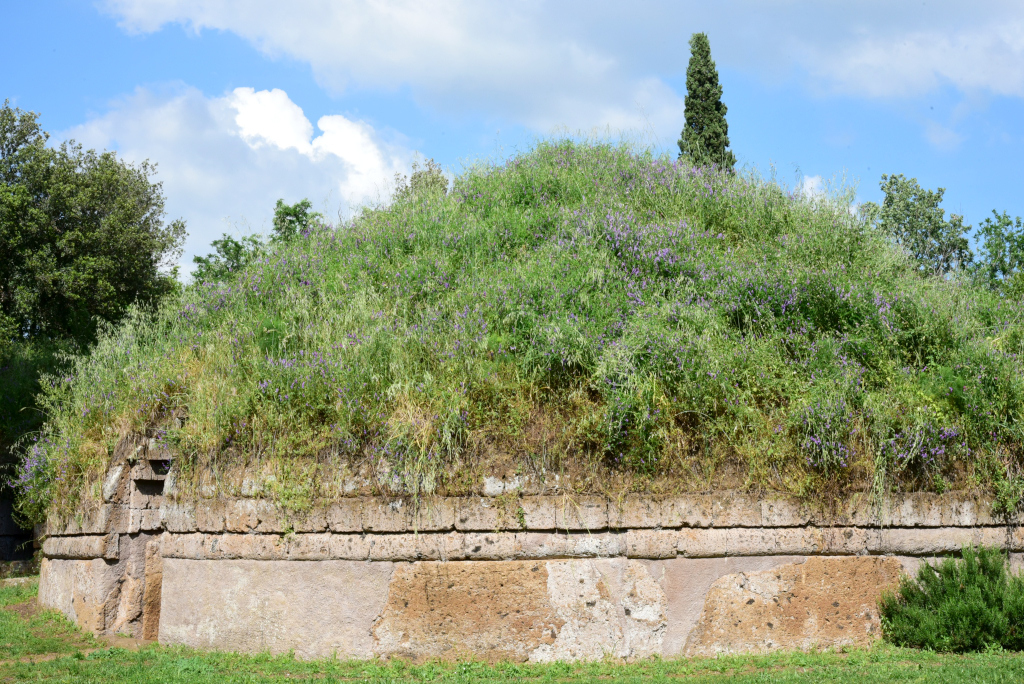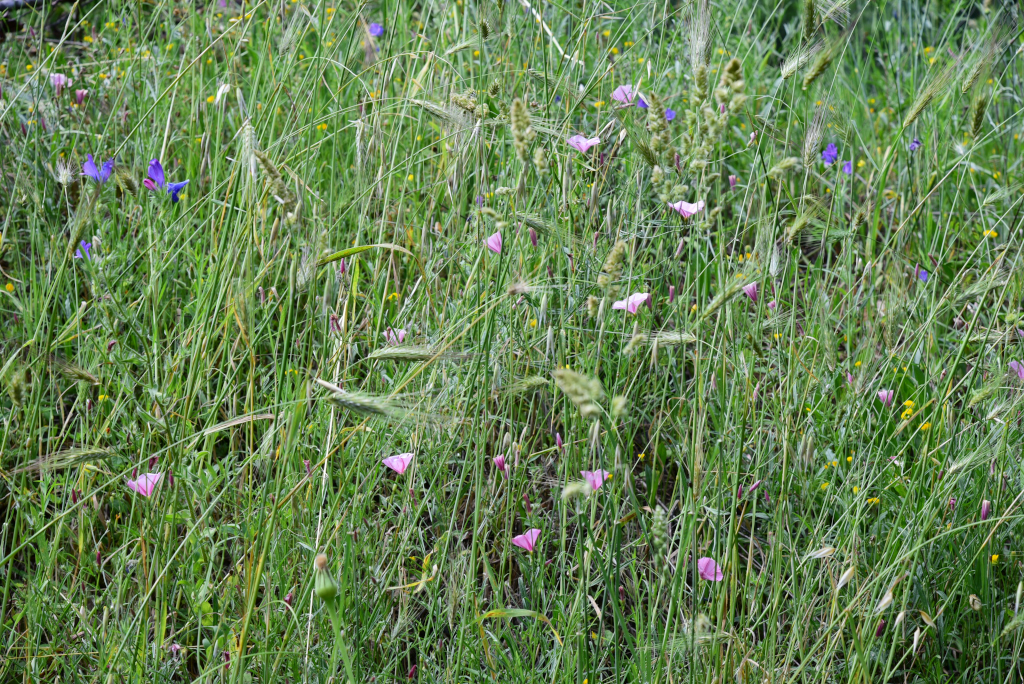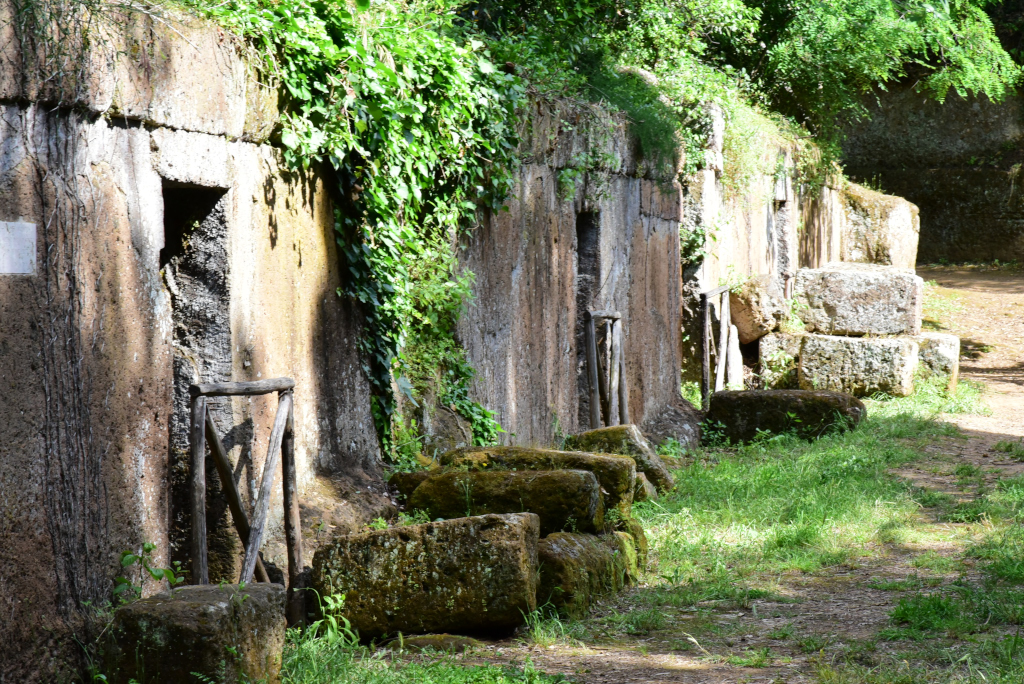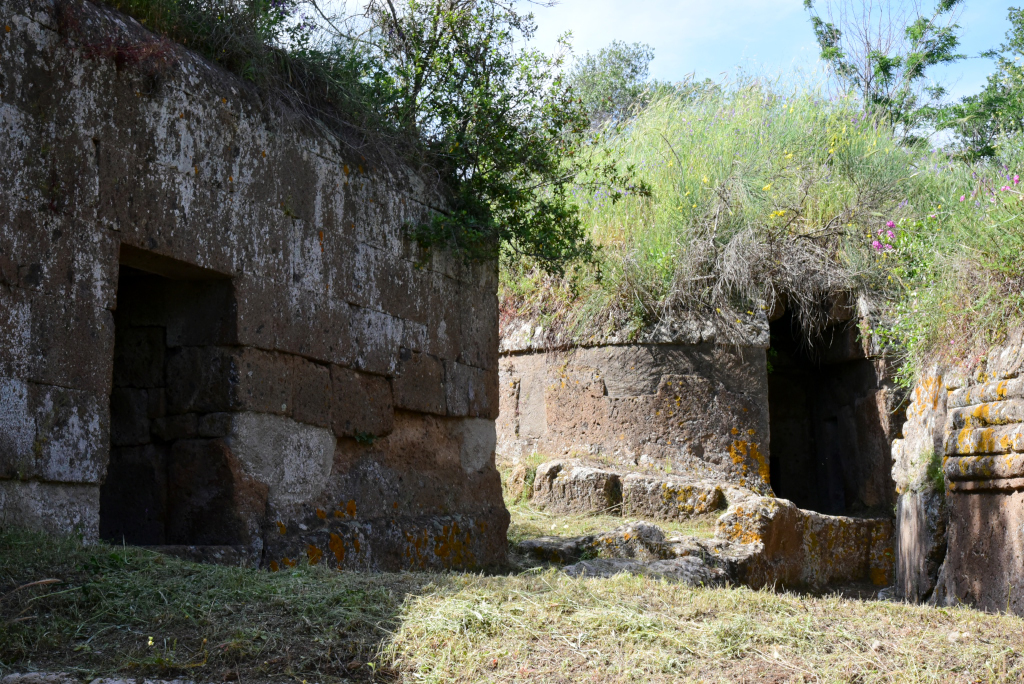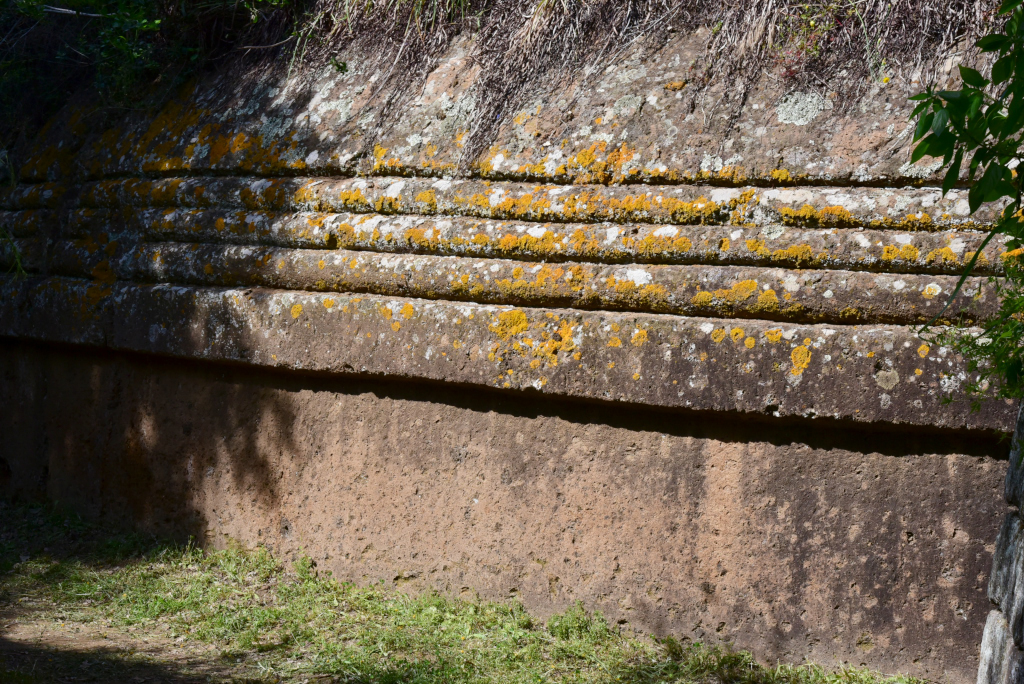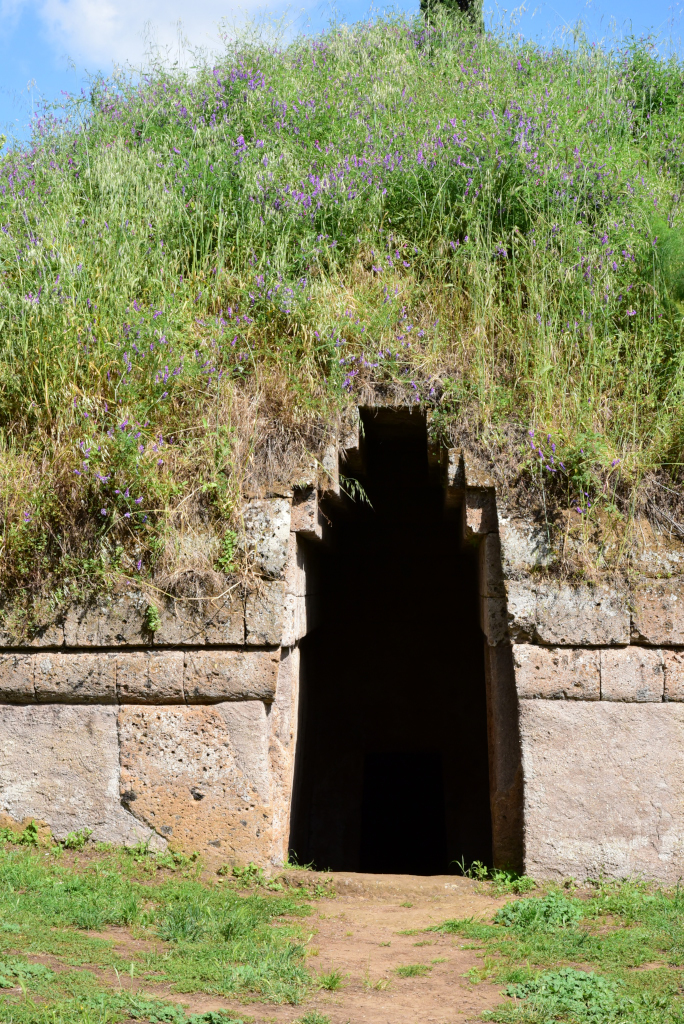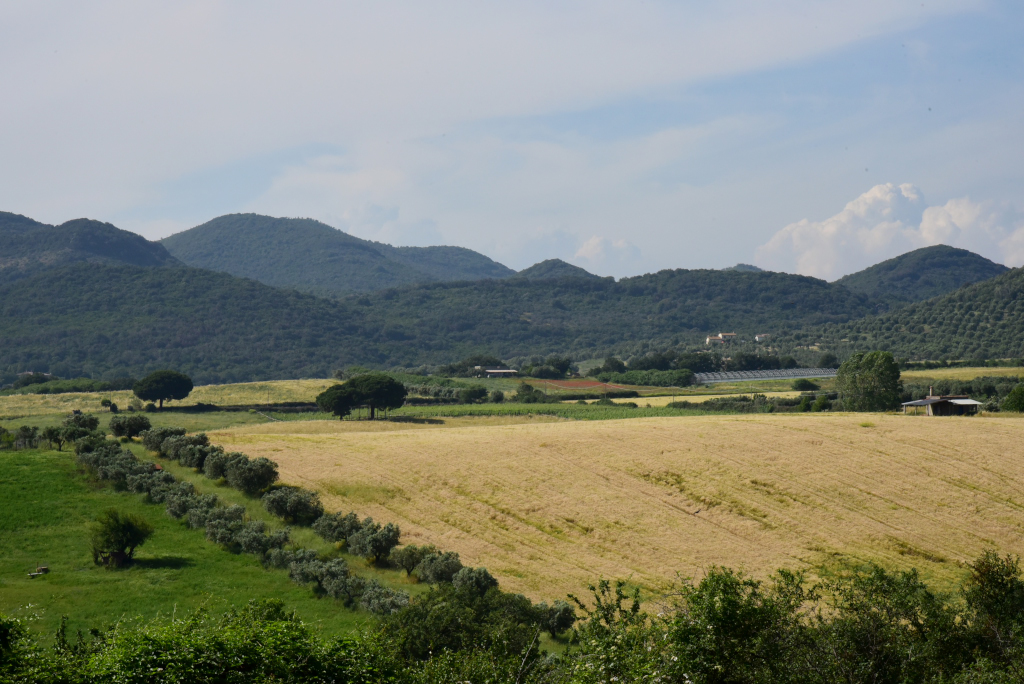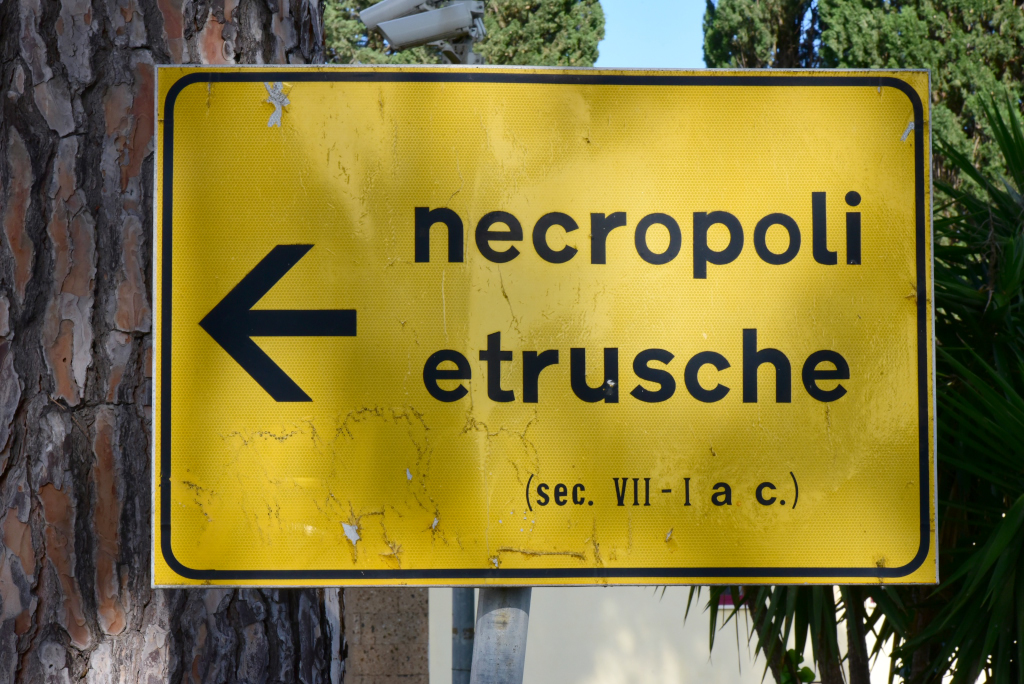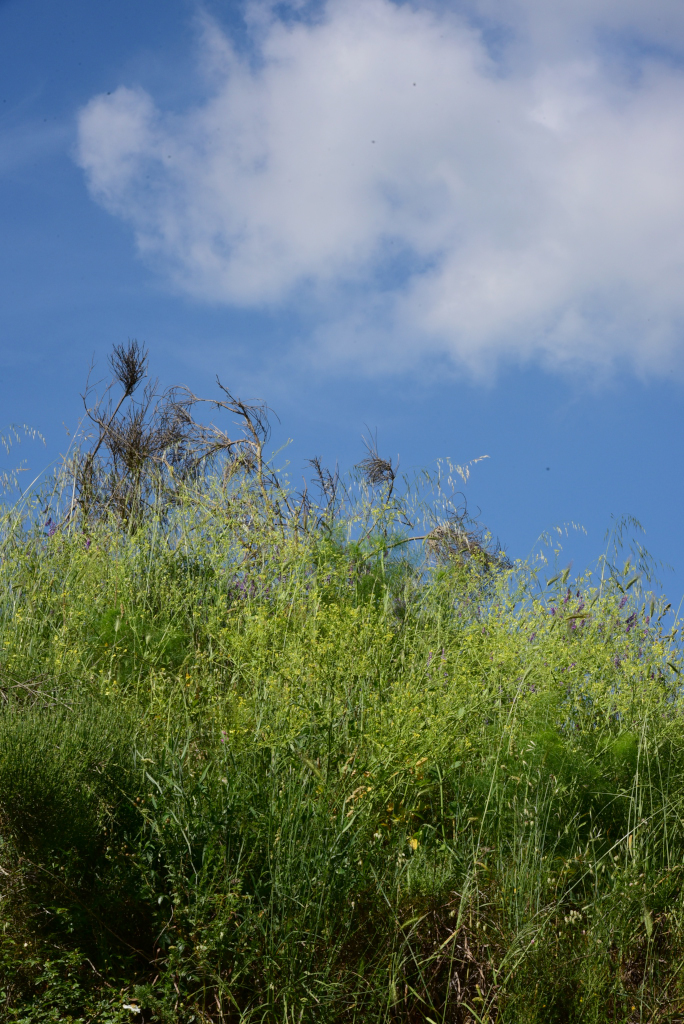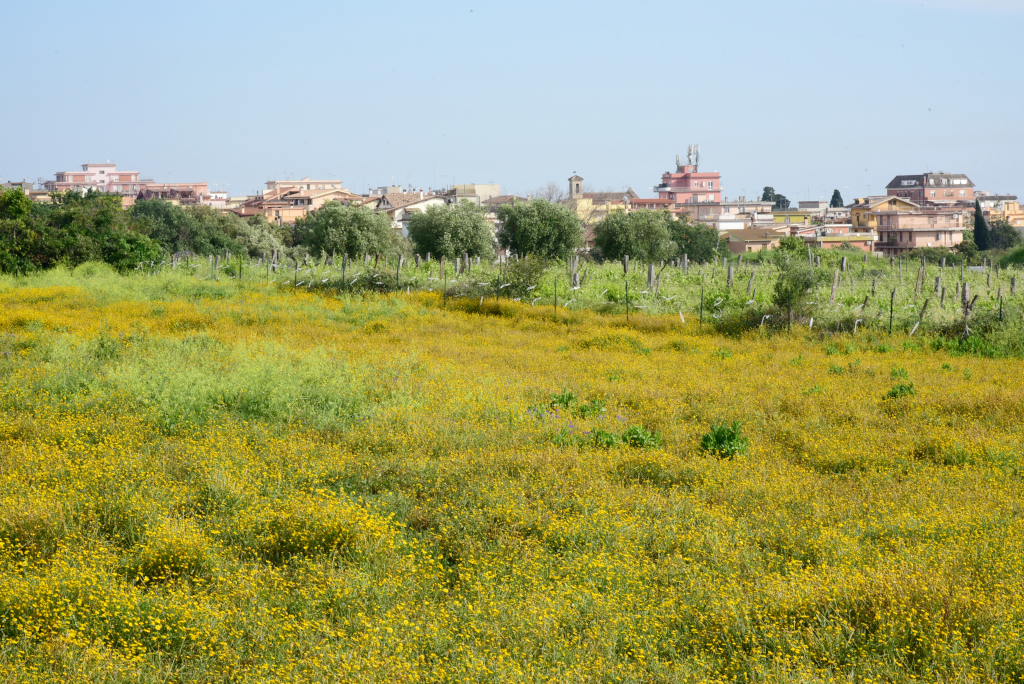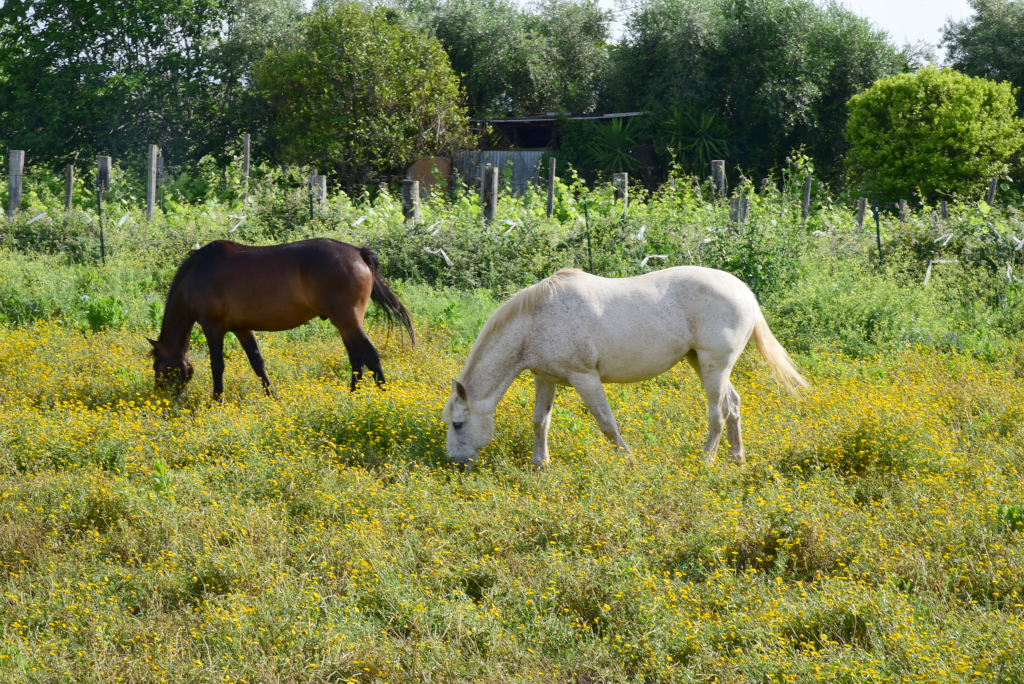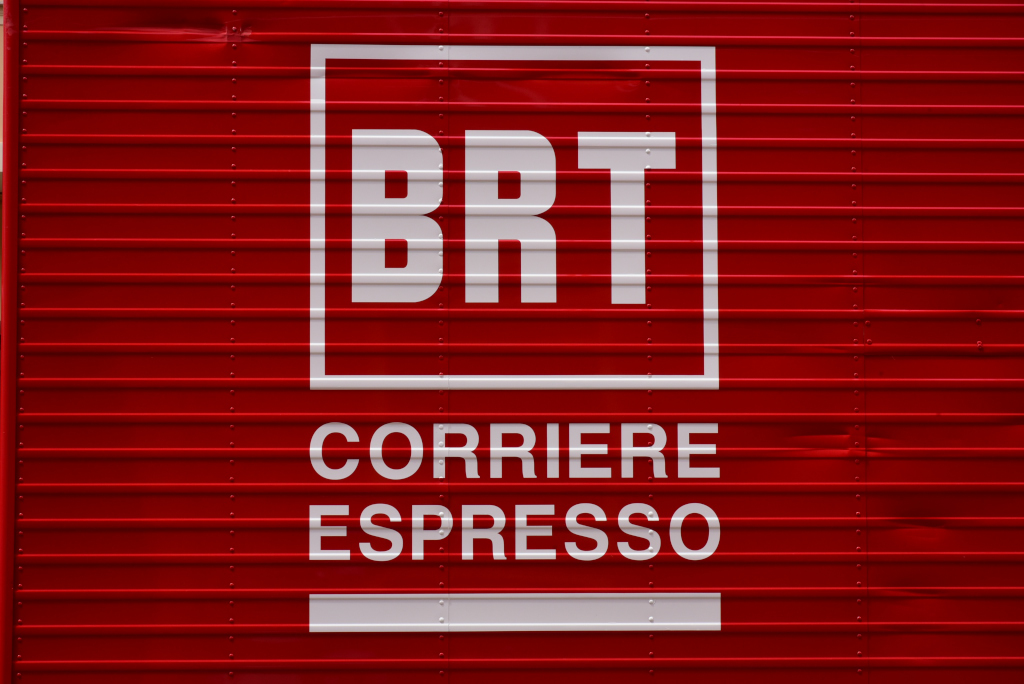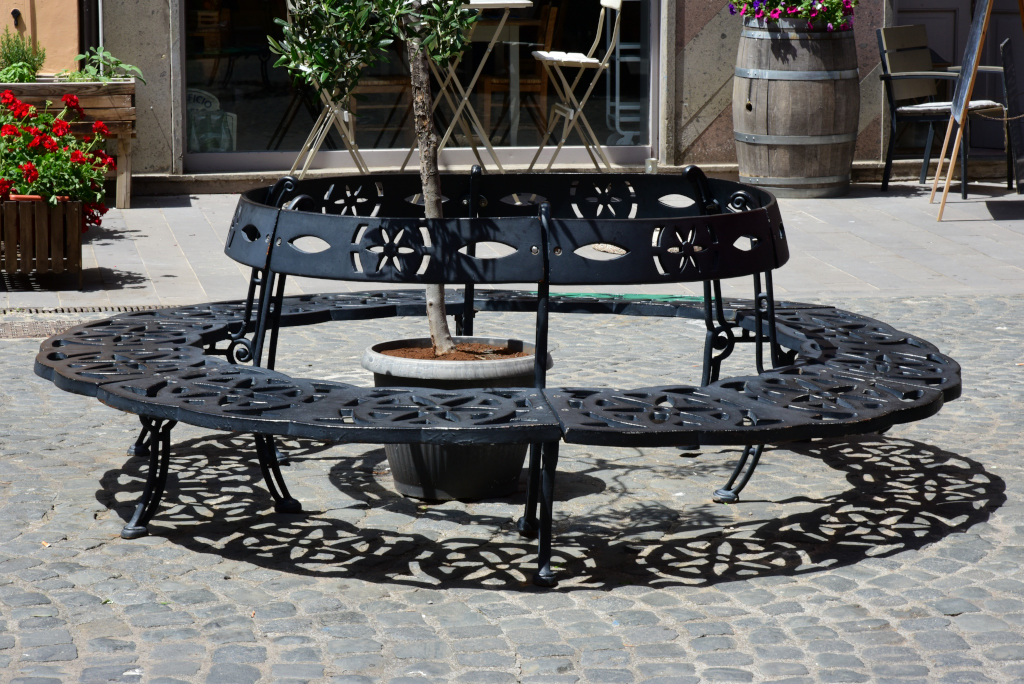May 24, 2018
Cerveteri lies just above Ladispoli in the metropolitan region of Rome. It was known by the ancient Romans as Caere, and previously by the Etruscans as Caisra or Cisra. The ancient Etruscan city was one of the most important of the era, with an area more than 15 times larger than today’s town. At its height around 600 BC, Caere had a population of around 25,000 – 40,000 people.
The ancient Etruscan remains are limited primarily to extensive necropolises. The Necropoli della Banditaccia stand out, covering an area of 400 hectares and encompassing a total of about 1,000 tombs. The name Banditaccia comes from the leasing (bando) of areas of land to the Cerveteri population by the local landowners. This is known to be the largest ancient necropolis in the Mediterranean area.
The tombs in the necropolis are typically housed in characteristic mounds. The earliest tombs date from the 9th century BC (Villanovan culture), the later ones to the Etruscan period (third century BC). The earliest tombs are in the shape of a pit, in which the ashes of the dead were housed; also, simple potholes are present. The most recent tombs are in part marked by external cippi, which are cylindrical for men, and in the shape of a small house for women. The roads built in the necropolis indicate that the site was intended to mimic the layout of a town of the living.
Two types of tombs were built in the later Etruscan period: tumulus-type tombs and the so-called dice, simple square tombs built in long rows along roads within the necropolis. The tumuli are circular structures built in tuff, and the interiors, carved from the living rock, house a reconstruction of the house of the dead, including a corridor (dromos), a central hall, and several rooms.
The area with the earliest tombs from the Villanovan period (9th – 8th centuries B.C.) are mostly bi-conical and in trench form.Trench tombs in the ensuing period became wider and deeper until becoming full underground chambers, initially covered in stone slabs. Later, monumental tombs appeared, dug into tuff and covered with mounds of earth.
One type of tomb at the necropolis is configured as a triple chamber, one of the most common in the necropolis. The groundplan is rectangular, with a short corridor covered in stone stone blocks, with cells on the side, leading to a transversal room. In this rear room there are entrances to three burial chambers, with beds of almost monumental dimensions.
The Matuna family tomb features a double sloping roof supported by two central pillars, with niches along the sides and decorative bands of painted stucco reliefs on the walls and inner fascia of the pillars. Weapons are illustrated aboe the burial niches, and on the back wall and pillars depictions of household objects.
Another tomb is configured with short dromos and two small side rooms, with a longitudinal chamber with platform ledges and two polygonal columns supporting capitals in the Aeolian styles. The flat roof would have been a reproduction of the wooden beam and thatch structures used in the houses of the living. Beyond the back wall there are three burial chambers with small windows between the doors and two ledges in each of the chambers.
(Narrative taken from Wikipedia as well as placards at site)

